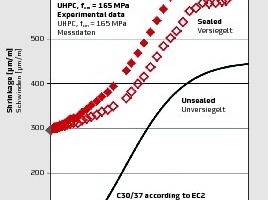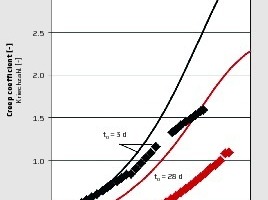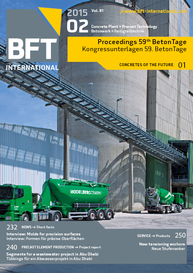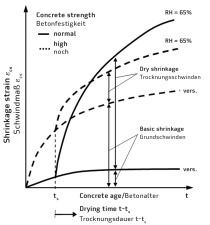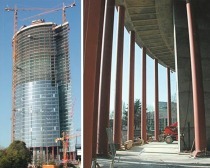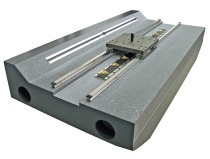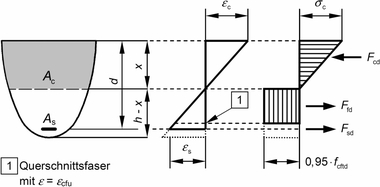Creeping and shrinking of ultra-high performance
concrete (UHPC)
Due to their high strength and durability, ultra-high performance concretes allow realizing particularly exposed building structures. The fact that despite its dense microstructure UHPC is subject pronounced to time- and load-dependent deformations has to be considered in static and structural design. These deformations were thoroughly investigated within the scope of a comprehensive DFG research project [1]. However, this paper can only present a summary of just a few findings obtained in the investigations carried out on two different types of ultra-high performance concrete. The...

